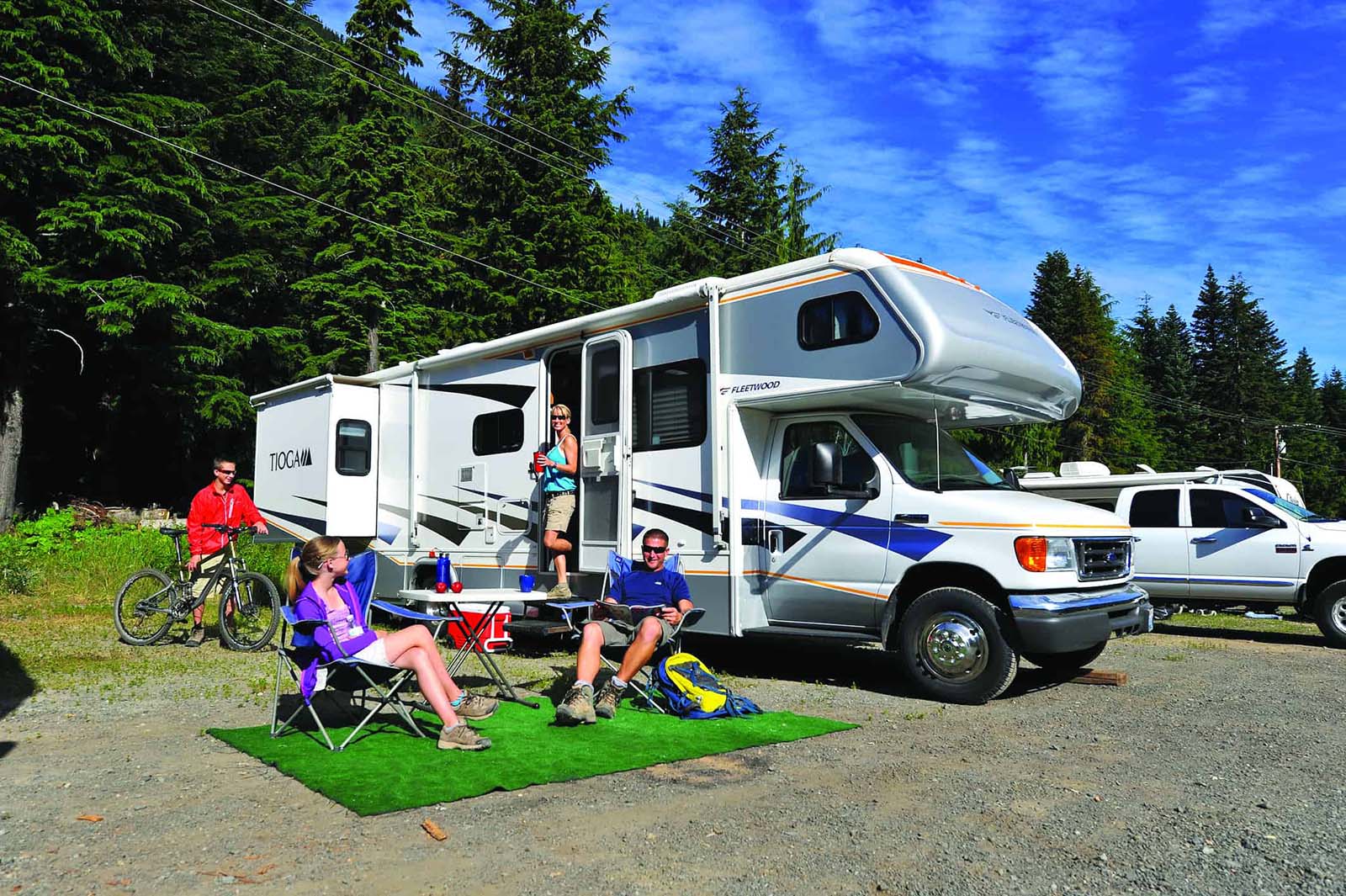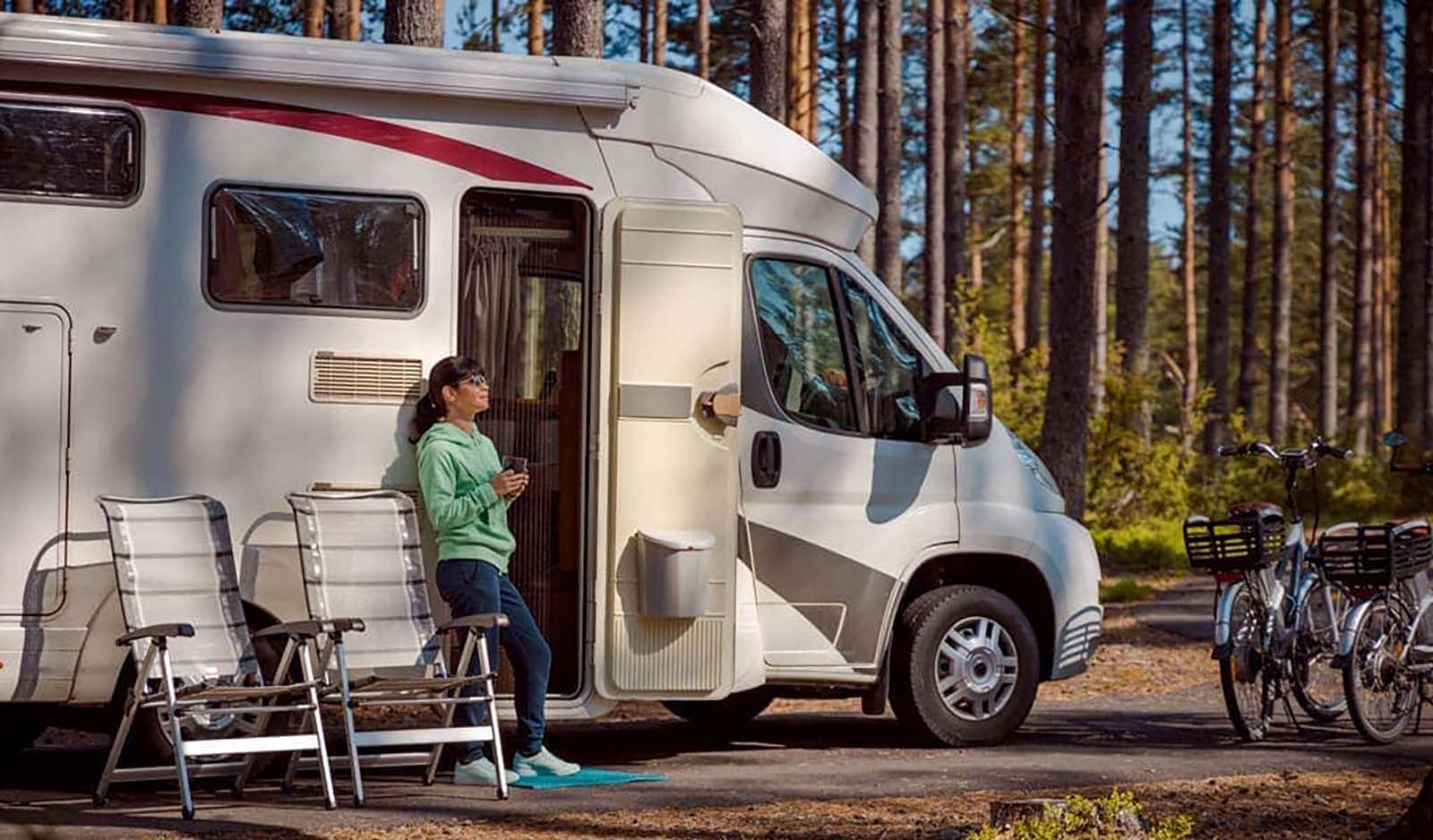Title: How to Properly Charge a Deep Cycle RV Battery

Introduction: A deep cycle RV battery is an essential component of your recreational vehicle, providing power for various appliances and ensuring a comfortable camping experience. To ensure the longevity and optimum performance of your battery, it is crucial to follow proper charging techniques. In this article, we will discuss the step-by-step process of charging a deep cycle RV battery effectively and safely.
H2: Understanding Deep Cycle RV Batteries
H3: 1. Know Your Battery’s Specifications Before charging your deep cycle RV battery, it is crucial to understand its specifications. This includes the battery capacity, voltage, and charging requirements. You can find this information in the manufacturer’s manual or on the battery itself.

H3: 2. Gather Essential Tools and Equipment To charge your deep cycle RV battery, you will need a few essential tools and equipment. These include a battery charger, safety goggles, gloves, a wire brush, and a voltmeter. Ensure they are in good condition and suitable for use.
H2: Safe Battery Charging Precautions
H3: 3. Choose the Right Charger Select a charger that is specifically designed for deep cycle batteries. This ensures a slow and steady charge, preventing any damage or overcharging. Consider using a smart charger that automatically adjusts the charging current based on the battery’s needs.

H3: 4. Find a Safe and Well-Ventilated Area When charging your RV battery, ensure you are in a well-ventilated area. Charging batteries produce hydrogen gas, which is highly flammable. Avoid charging near open flames or sparks. Safety goggles and gloves should also be worn throughout the process.
H2: Step-by-Step Process of Charging
H3: 5. Prepare the Battery Inspect the battery for any signs of damage or corrosions. Use a wire brush to clean the terminals and remove any dirt or debris. Ensure the battery is disconnected from the RV and all electrical appliances before charging.
H3: 6. Connect the Charger Connect the positive (red) charger clamp to the positive terminal of the battery and the negative (black) clamp to the negative terminal. Make sure the clamps are secure and properly tightened.
H3: 7. Set Charging Parameters Refer to your battery’s manual or manufacturer’s instructions to determine the appropriate charging parameters. This includes setting the voltage and current properly. Adjust the charger accordingly to avoid undercharging or overcharging.
H2: Charging and Maintenance Tips
H3: 8. Monitor Charging Progress Keep an eye on the battery charger’s progress. Most modern chargers have a built-in indicator or display to monitor the charging process. Avoid interrupting the charging cycle as it may affect the battery’s performance.
H3: 9. Disconnect and Inspect Once the battery is fully charged, disconnect the charger clamps in the reverse order of connection. Inspect the battery for any leaks, cracks, or other signs of damage. If any issues are noticed, consult a professional for further inspection or replacement.
H3: 10. Maintain the Battery’s Health Proper maintenance is essential for a deep cycle RV battery’s longevity. Regularly check the battery’s water levels, clean the terminals, and store it in a cool and dry place when not in use. Avoid discharging the battery below 50% capacity, as it can lead to irreversible damage.
Conclusion: By following the step-by-step process mentioned above and taking necessary safety precautions, you can effectively charge and maintain your deep cycle RV battery. Remember, a well-maintained battery will ensure a smooth and enjoyable camping experience.

